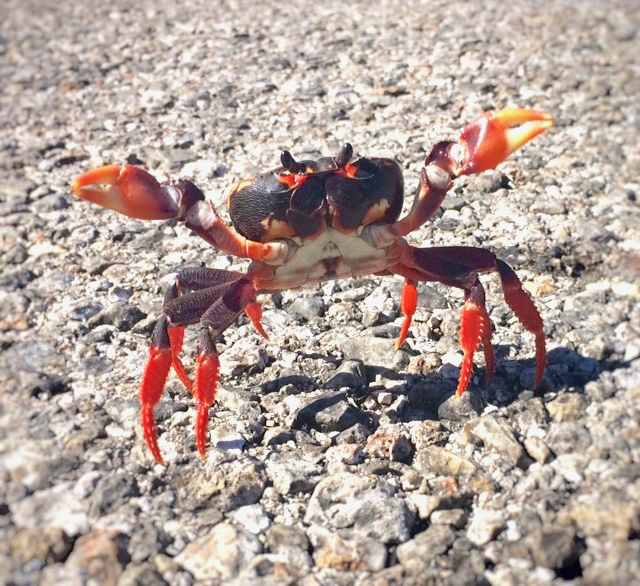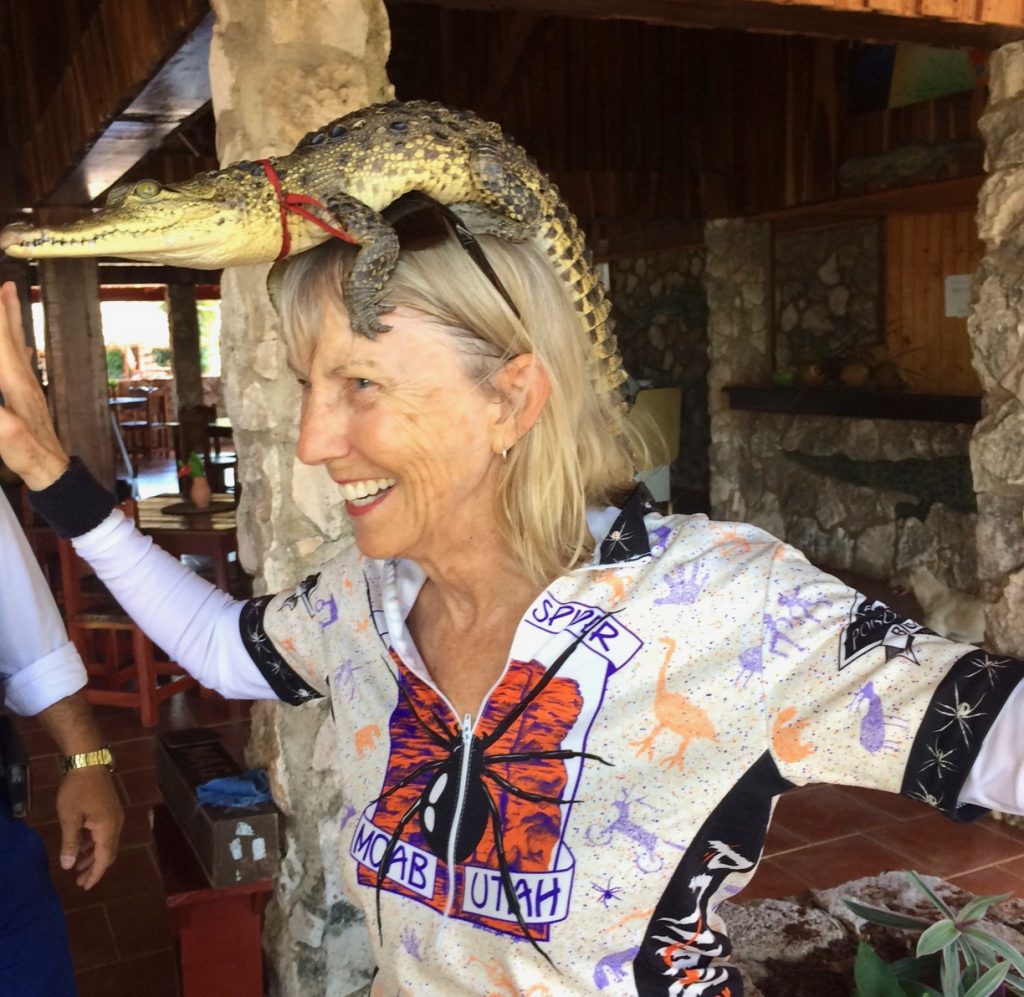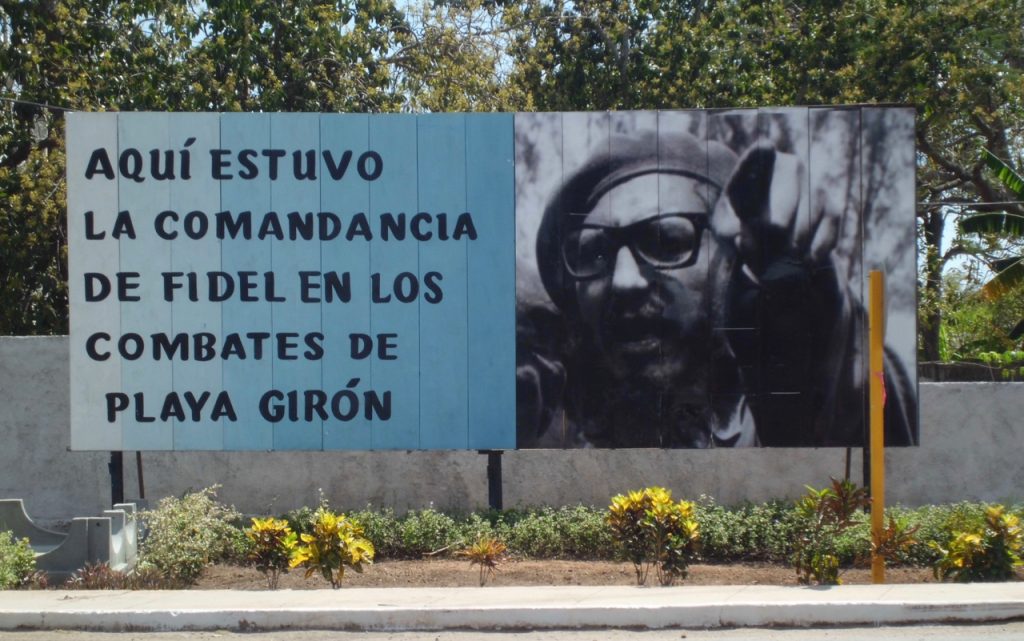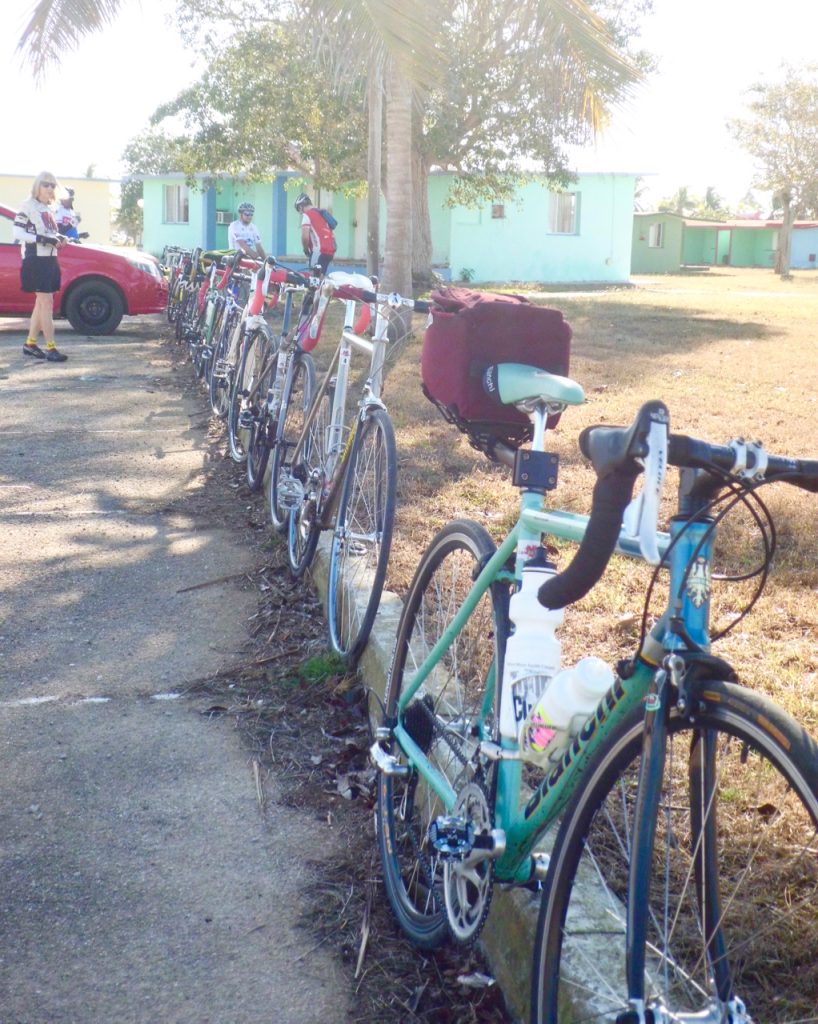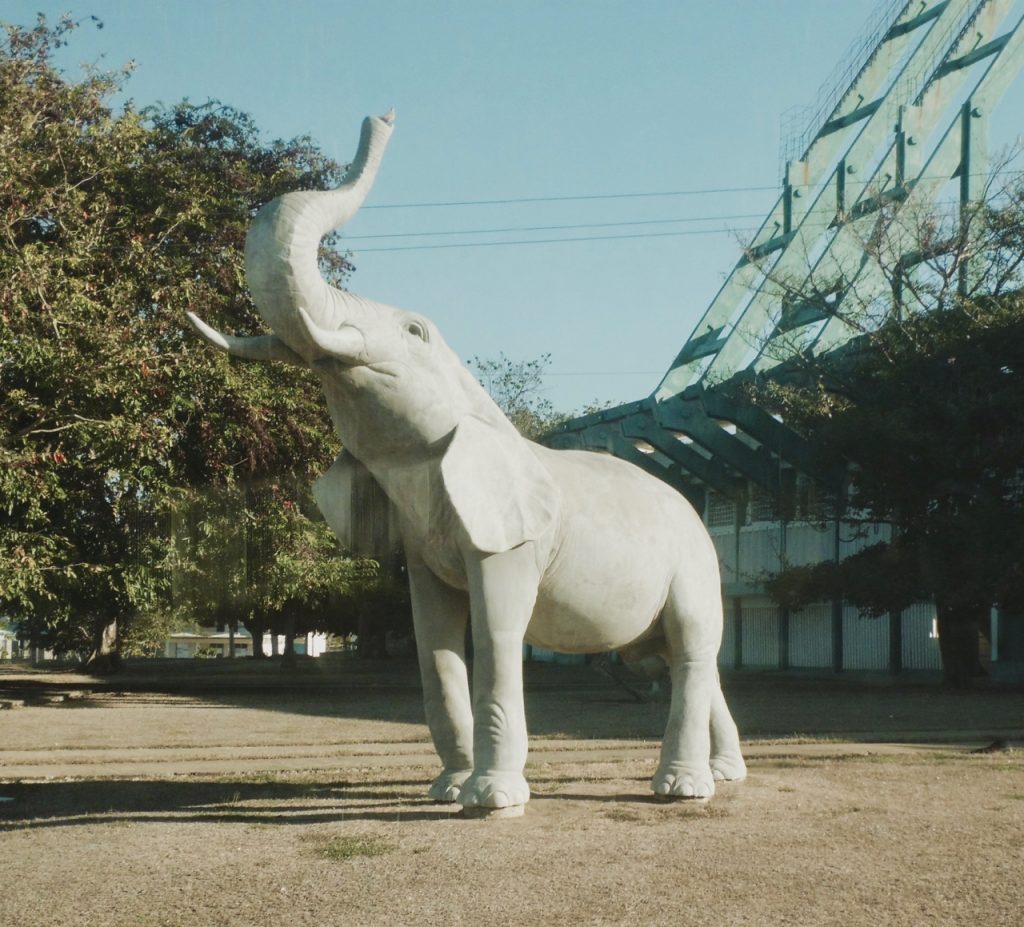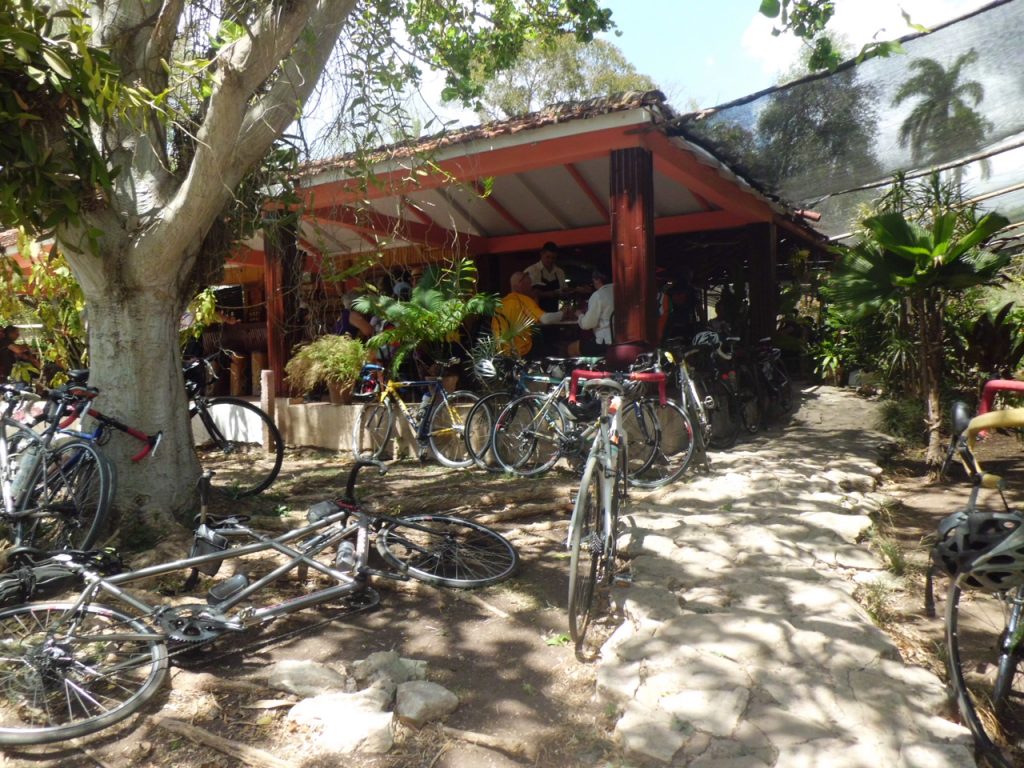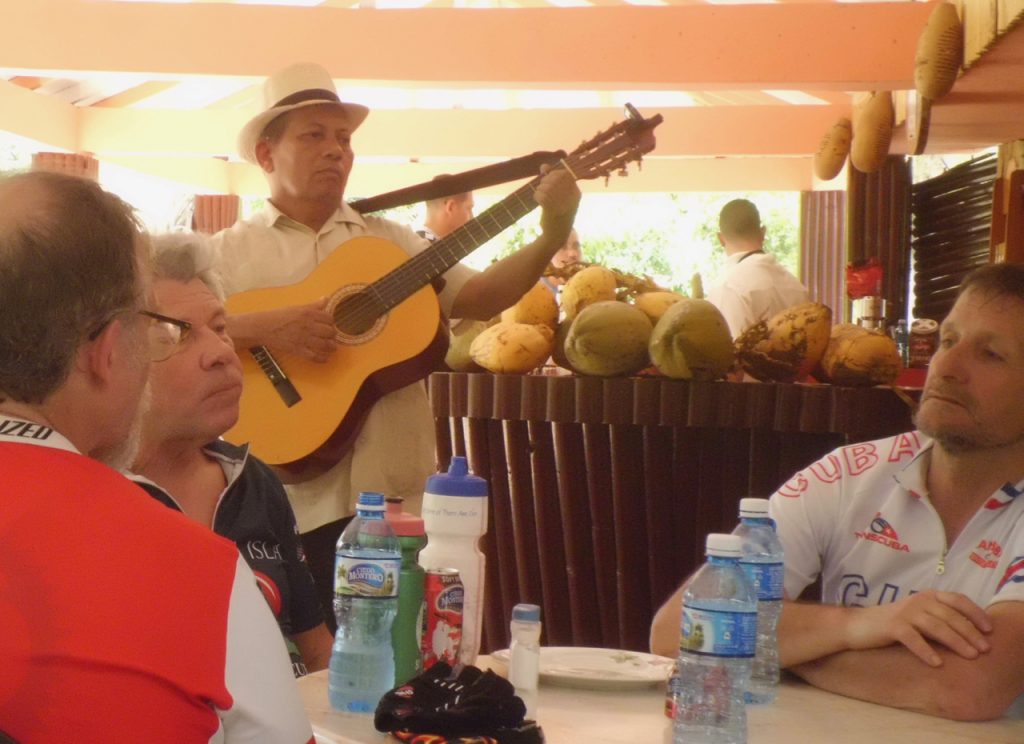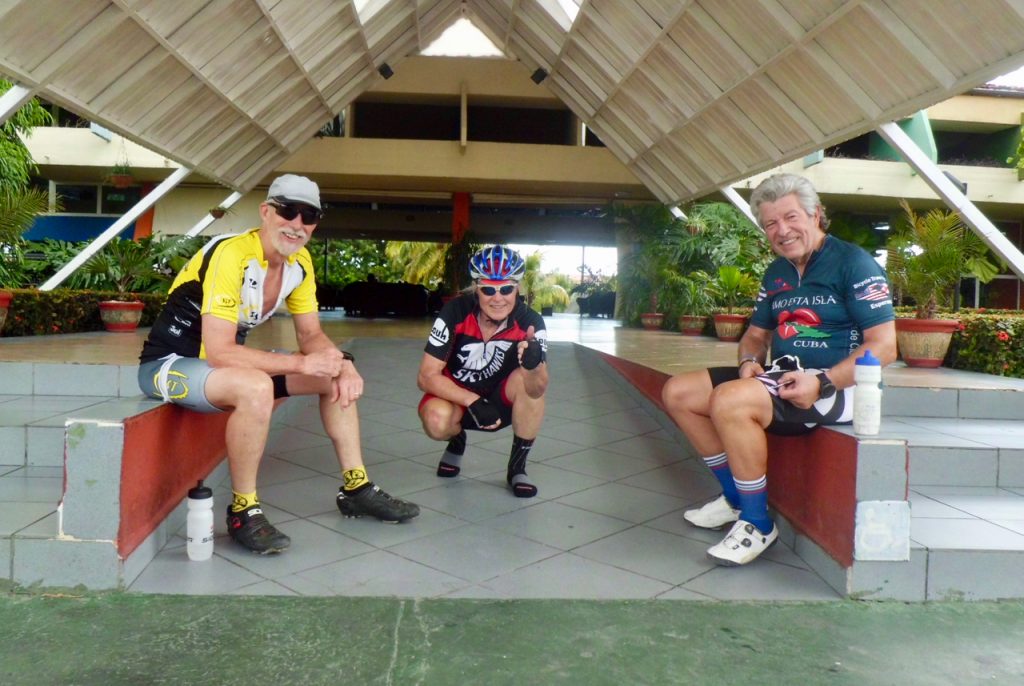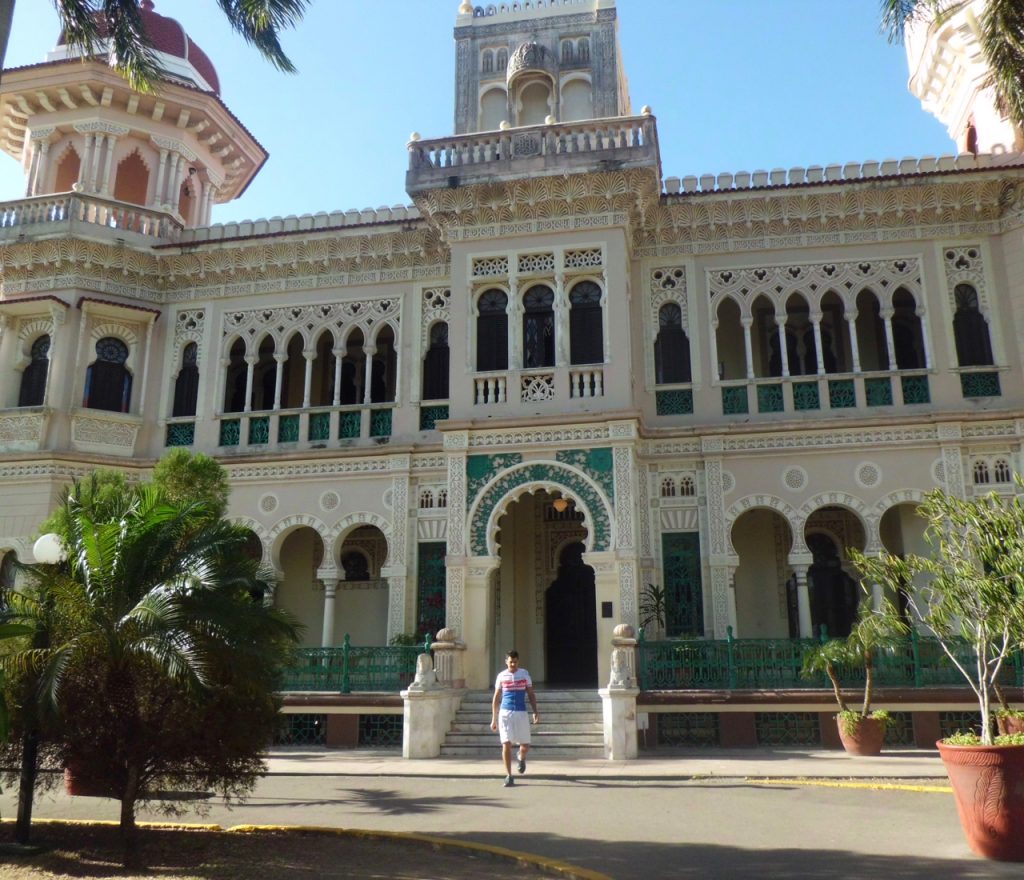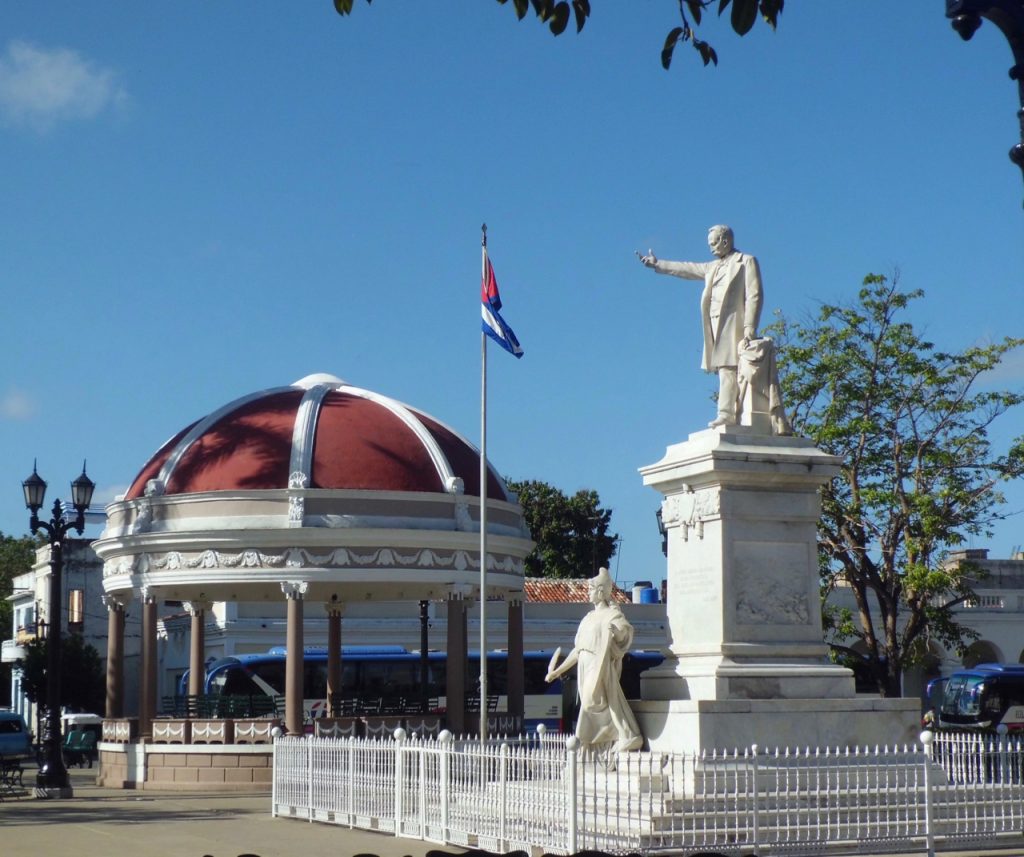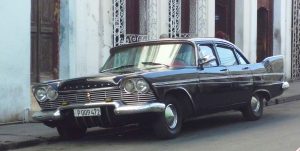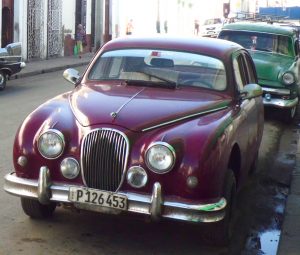Two years ago, we started seeing running “power meters” appear for sale. Several modalities were tried. One used force sensors in an insole to be placed in a shoe. Another used accelerometers in a chest strap. Finally, a little footpod attached to shoelaces was introduced. This seems to be the method gaining traction, via a kickstarter called “Stryd”. Books and articles are appearing purporting to explain how to use this new toy. I’m reminded of the books I saw back in 1984/5, when the Macintosh computer first appeared. They seemed to know what they were talking about, but it all seems so primitive now.
I think the use of power to aid run training and racing is still in its infancy. I remember twenty-five years ago or so, when “shaped” skis first came out. They were touted as the next big thing, and everybody jumped on board to ski on them, and teach others how to use the new dynamics they provided. That was all well and good, and it did make it easier for people learning the sport. But it wasn’t until professional slalom racers started using them that we knew they really were an improvement on the old geometries. So maybe when we see world-class marathoners using a Stryd during a race, then we’ll know it has some real value, and might be time to buy one.
Nonetheless, I recently jumped on board with Stryd when Endurance Nation announced a discount for us. I’d been a sceptic since it was first introduced two years ago. I didn’t see how it might improve the quality of my training or my race day performance. I haven’t been using the little thing very long, but I have been thinking about the value of the data it makes available.
I’m an adult onset runner, didn’t run a step until I was 49.75 y/o. But over the past two decades, I think I’ve developed a very finely honed internal sense of how my heart rate and pace correlate to my perceived rate of exertion, both during training at various speeds and during races, primarily triathlons, of varying lengths. But that took maybe 5-8 years to learn. It’s possible, I think, that a power measurement could help shorten that learning curve for someone who is new to structured run training. And, it might also be helpful for “young” (which I define as anyone under the age of 27) runners who are dealing with a still changing physiology, a heightened sense of competition, and relative lack of discipline. Meaning it could keep them from blowing themselves up in any given workout, or in a race.
Now, for those of us with a long athletic history (I was a swimmer as a youth, age group 11-17, then college), it might be a different story. Two or three things jump to mind:
- Looking at my files which include power, I see the obvious fact that HR is a lagging indicator. When I start up a hill, my power changes instantly, the HR takes 10-30 seconds to catch up.
- When I do long runs, unless I keep upping my RPE, my pace will slowly deteriorate after about 90 minutes, even if my HR is holding steady.
- Likewise in a race, a steady HR and RPE usually are associated with a deteriorating pace.
I suspect that the value of having run “power” available will lie in its use as a whip, to keep me more honest about the need to increase effort as a long training run or race progresses. Also, it should help me guard against poor performance (going too hard or too easy) up hills. I don’t think its going to improve my ability to precisely target pace/effort during short (defined as 10 minutes or less) intervals during training.
Once some really dedicated people play with the numbers enough, there may be an improvement in defining an run stress score (rTSS) for use in things like a Performance Management Chart. During our coach’s podcast from Kona with the Stryd team, they speculated on possibly having a TSS target for an Ironman run, a number “not to exceed” to ensure cutting the fine line between blowing up and leaving something on the table. That seems some ways away, as it requires not only a reproducible and acceptable measure of rTSS, but also some way to factor in the effect of the bike: what was your bike TSS, steadiness, time, etc.
My Garmin (Fenix) screen #1 has Time/Power/HR/Cadence. I also have a lap screen which shows lap pace, current HR, current power, and current cadence. I set an interval beep to go off every mile, and, unless I over-ride it with a button push, I have it auto-lap every mile. Unless I’m doing track intervals, I really don’t care about knowing my current pace. I’m more concerned with keeping my HR, cadence, and RPE where I want them. Now, I might start adding power to that, but the data is still too new for me to add it to my mental mix yet. There is a Connect IQ app which would make more than 4 data fields per screen available, but I’m afraid I couldn’t see the numbers!

